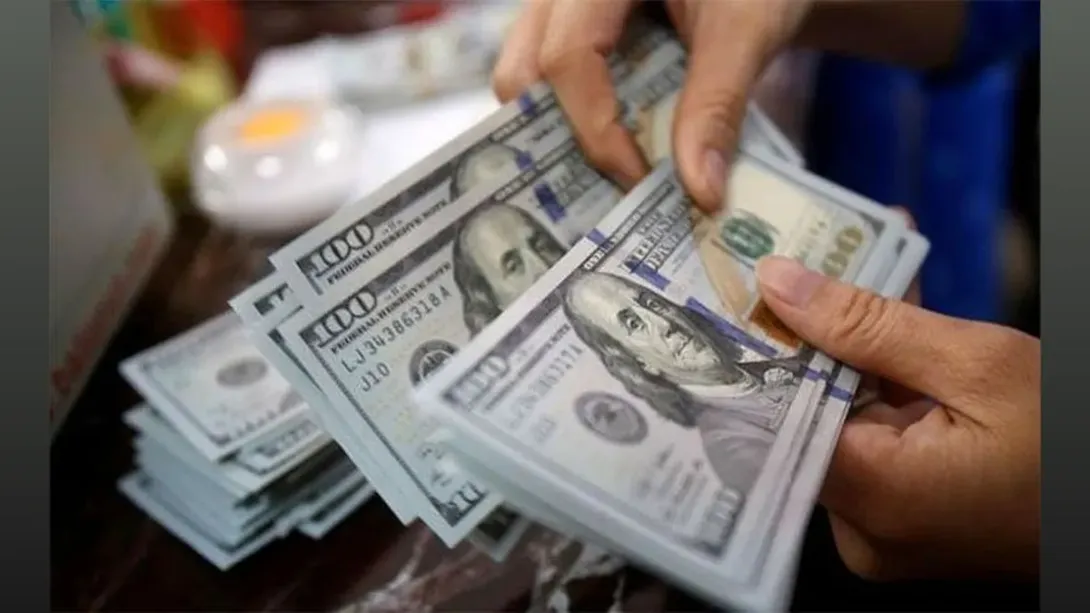India’s foreign exchange reserves have fallen below the $700 billion mark, reflecting a combination of global market volatility, dollar strength, and external capital outflows. The Reserve Bank of India (RBI) data indicates that reserves now stand at approximately $698 billion, marking a notable decline from previous highs. Analysts attribute the decrease to interventions to stabilize the rupee, external debt repayments, and fluctuations in global oil and commodity prices. While the reserve level remains substantial, sustaining economic stability and currency confidence, policymakers are closely monitoring the trend to mitigate potential pressures on the rupee and maintain liquidity in external accounts.
---
Current Reserve Status
Total Reserves: ~$698 billion.
Components:
Foreign currency assets.
Gold reserves.
Special Drawing Rights (SDRs) with the IMF.
Reserve position in the IMF.
---
Factors Driving the Decline
1. Rupee Stabilization Efforts: The RBI has utilized forex reserves to intervene in currency markets, preventing sharp depreciation.
2. External Debt Obligations: Scheduled repayments and sovereign borrowings have led to outflows from reserves.
3. Global Market Volatility: Rising US interest rates and a strong dollar have impacted emerging market capital flows.
4. Commodity Price Fluctuations: Elevated crude oil prices have increased India’s import bill, contributing to reserve drawdowns.
---
Implications for the Economy
Currency Stability: Adequate reserves help the RBI manage volatility in the rupee-dollar exchange rate.
Investor Confidence: Maintaining a healthy reserve level reassures foreign investors and rating agencies.
Policy Flexibility: Despite the decline, India retains sufficient reserves to manage short-term external shocks.
---
Analyst Insights
Economists suggest that while the drop below $700 billion is noteworthy, it does not signal a crisis. Instead, it reflects active management by the RBI to balance domestic liquidity, currency stabilization, and global financial conditions. Continued monitoring and strategic interventions are expected to maintain macroeconomic stability.
---
Outlook
With ongoing global economic uncertainties, including geopolitical tensions and interest rate fluctuations, India’s forex reserves will remain a key tool for the central bank. Sustaining a robust level is critical for import cover, debt servicing, and market confidence, ensuring resilience against external financial pressures.

Comments